Netsuke are uniquely Japanese and sublime in their beauty. They are tiny objects carved of ivory, ceramic, wood, tortoise-shell, gold or many other materials. They tell the story of the culture of Japan during the old Edo period and before. Netsuke featured fishermen and farmers, who rubbed shoulders with scholars, samurai warriors, royalty and even ancient gods of Shintoism and Buddhism. Everyday objects like food, farm animals or trees were also featured in netsuke.
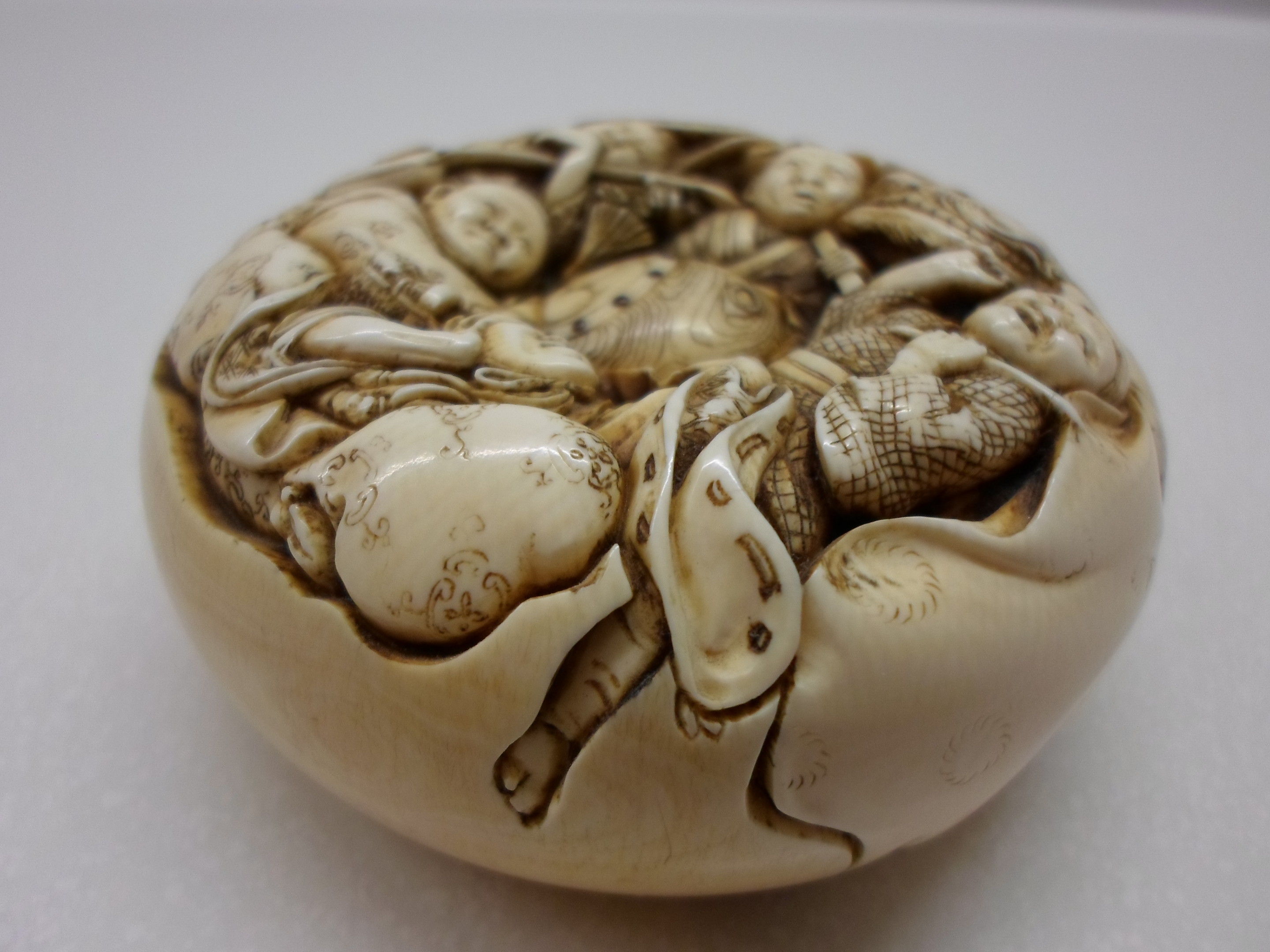
Although traditional netsuke are still around and are bought and sold as expensive antiques, many people opt for the more affordable (and no less cute) versions of netsuke, gatchipon toys.
Netsuke: The practical solution for Japanese men’s fashion in the Edo period
In the 17th century, kimonos were completely open. So to carry things like tobacco or medicine, men used to tie cords with sashes and then to fasten these sashes and turn them into pockets they used small counter-weights which evolved into netsuke.
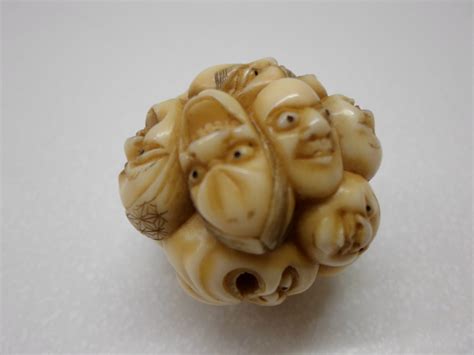
Necessity was the mother of invention
Netsuke were originally designed as carved toggles through which a man could tie up his kimono from the 17th century onwards. Each netsuke needed to:
1. Have two holes in it, through which a cord could be passed for a belt and pockets.
2. To be small in size and not be too heavy for carrying on a belt.
3. To have no sharp edges which could damage a valuable kimono.
On the basis of that very broad design brief, many netsuke designers had free rein and ultimate freedom to shape and design their netsuke in a variety of ways.
As a result, a deluge of original and unusual netsuke were produced. They have been are voraciously collected as antiques ever since.

Sartorial themes
The design of netsuke was originally a nod towards awe-inspiring celestial ideas and the arts. Mythological creatures, Buddhist or Shinto icons, zodiac animals, kabuki actors or literary heroes were commonly depicted. Some netsuke were downright sexy and erotic. They reflected the personality of the wearer.
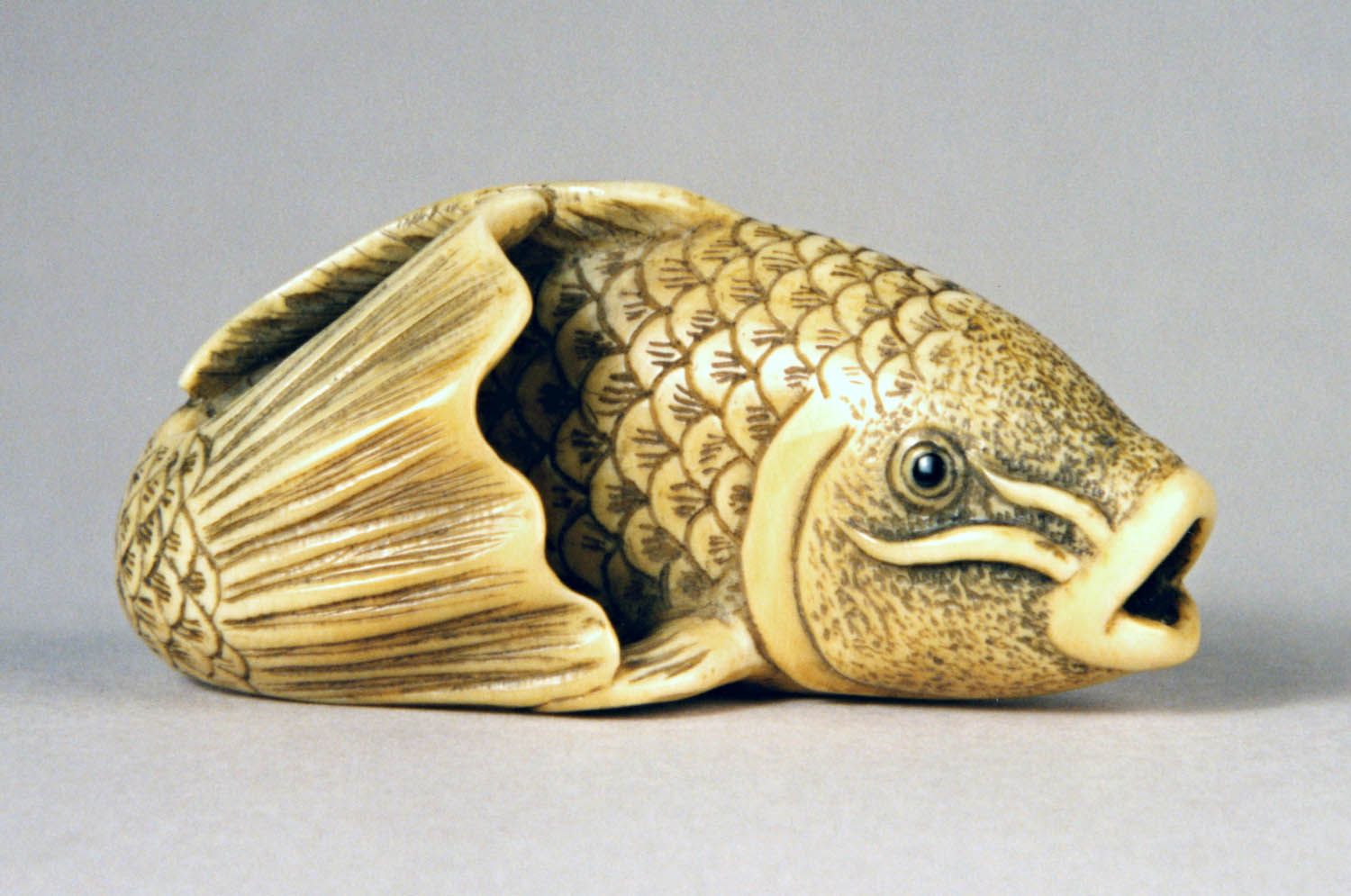
In the 19th century, this changed to be themed around the everyday with people at work, farm animals, activities and games of the common man.
Every on-trend affluent Japanese man of the 19th century would change his netsuke to match certain outfits and occasions. Much like jewellery, watches or handbags are matched today. Having a lovely set of netsuke for every occasion was a sign of affluence.

Meiji period: the waning of Netsuke
When Japan began opening up to Europe and America in the 1850’s, netsuke as a strong men’s fashion trend began to wane in popularity. Around the same time, westerners and Japanese started fervently collecting them and driving up the price of these art objects. It’s now really rare to find a genuine, century-old netsuke in a fleamarket, most are now handled by antique dealers.
Modern netsuke: gashapon toys ガシャポン
Gashapon ガシャポン was born in Japan in around 1965, when a flurry of inexpensive, small vending machine toys were introduced into the country. Gashapon is an onomatopoeic word. With ‘gasha’ sounding like the mechanical cranking noise of the vending machine, and ‘pon’ sounding like the plopping sound of the toy as it lands in the tray. There have been literally thousands of kinds of gashapon over the years. They normally come in limited edition sets and series that run out after a short period of time.
Gashapon treasures

Are gashapon modern day netsuke?
Although not directly related, I can’t help but notice the similarity between netsuke and gashapon toys. The only difference is the value people place on netsuke is driven by scarcity and because they are antiques. For me, the gashapon toys are the modern-day equivalent. And although they don’t have the same monetary value, there’s a similarity in terms of how voraciously people hunt for them throughout Japan.

Many gashapon toys are based on popular books, manga and anime characters. They vary in terms of quality and durability. You can find the gashapon machines in any station or convenience store or game arcade in Japan. Online there are countless forums where you can buy, trade and sell gashapon. Although they don’t have any real monetary value, gashapon are very close to people’s hearts and have a strong sentimental value to people. Many visitors (like us) love to buy them. It’s sort of like a game to find and collect the good quality ones.

Absolutely beautiful and delicate cat gashpon collection…

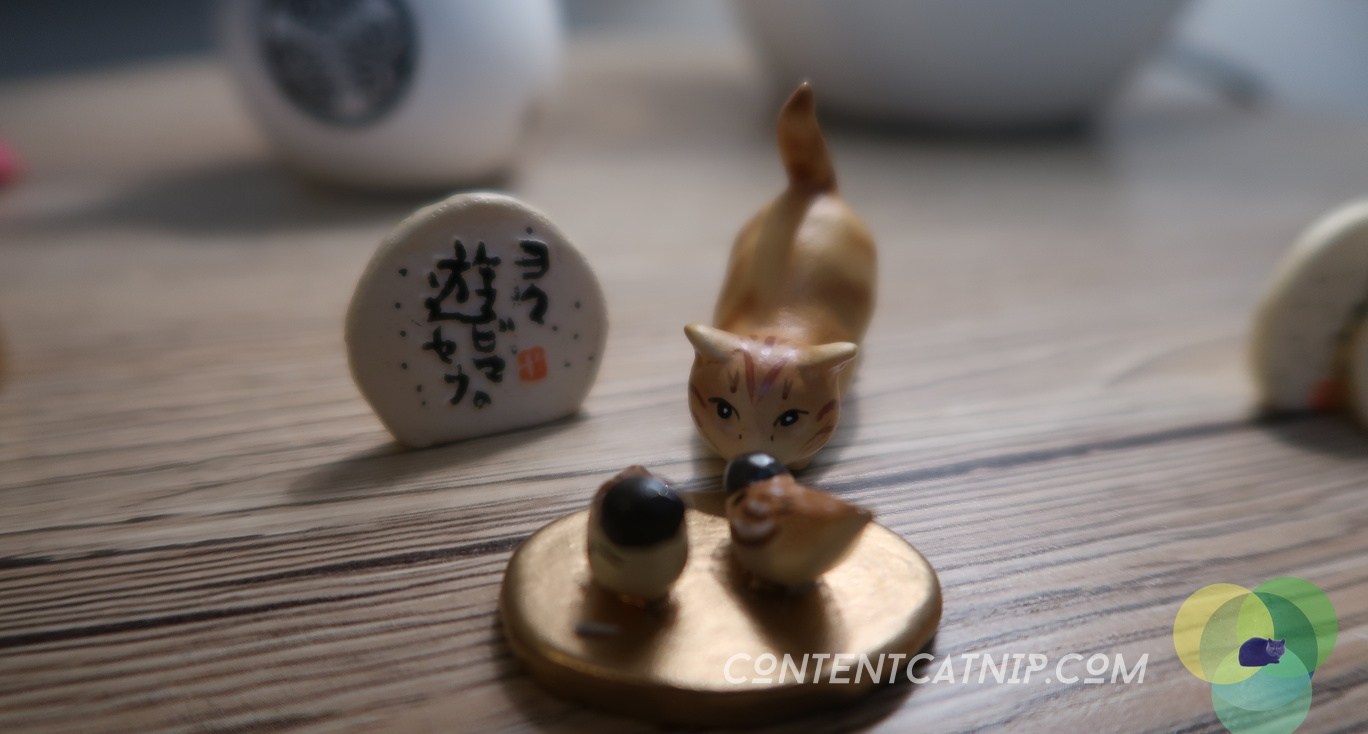
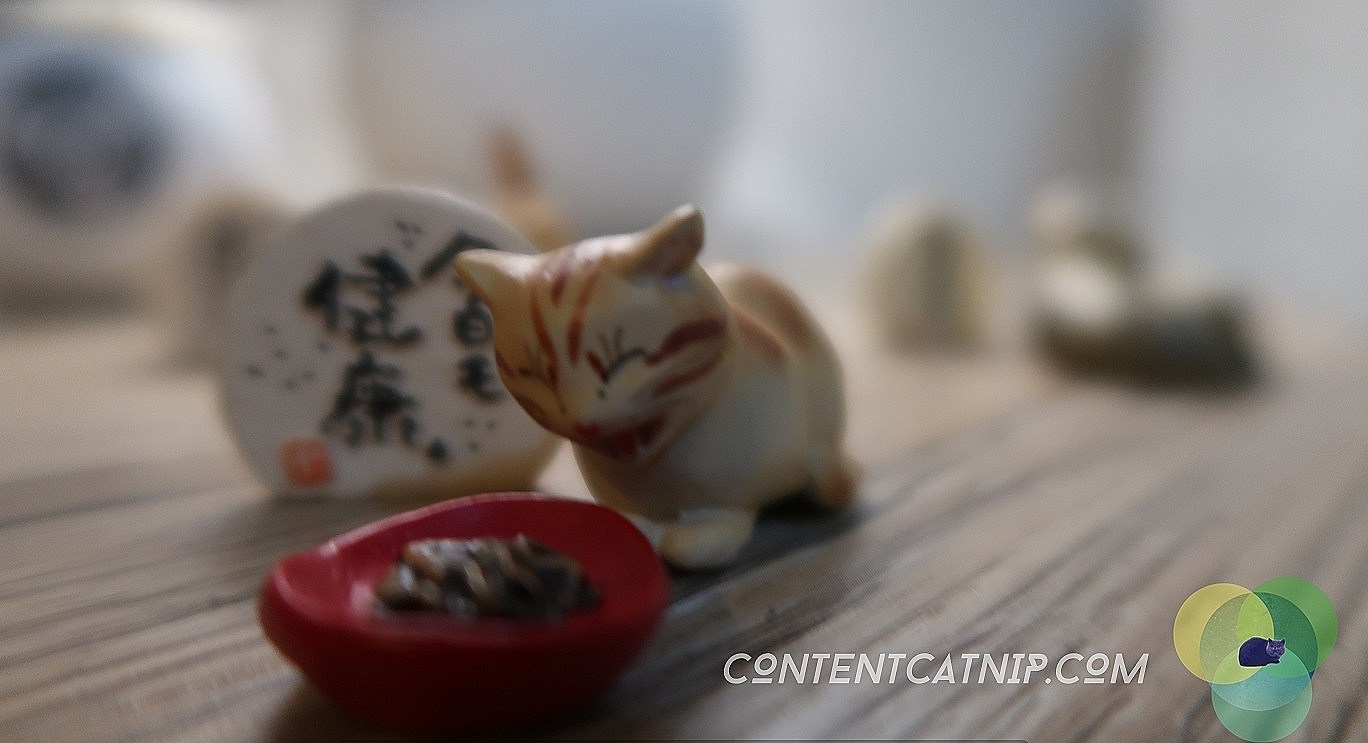

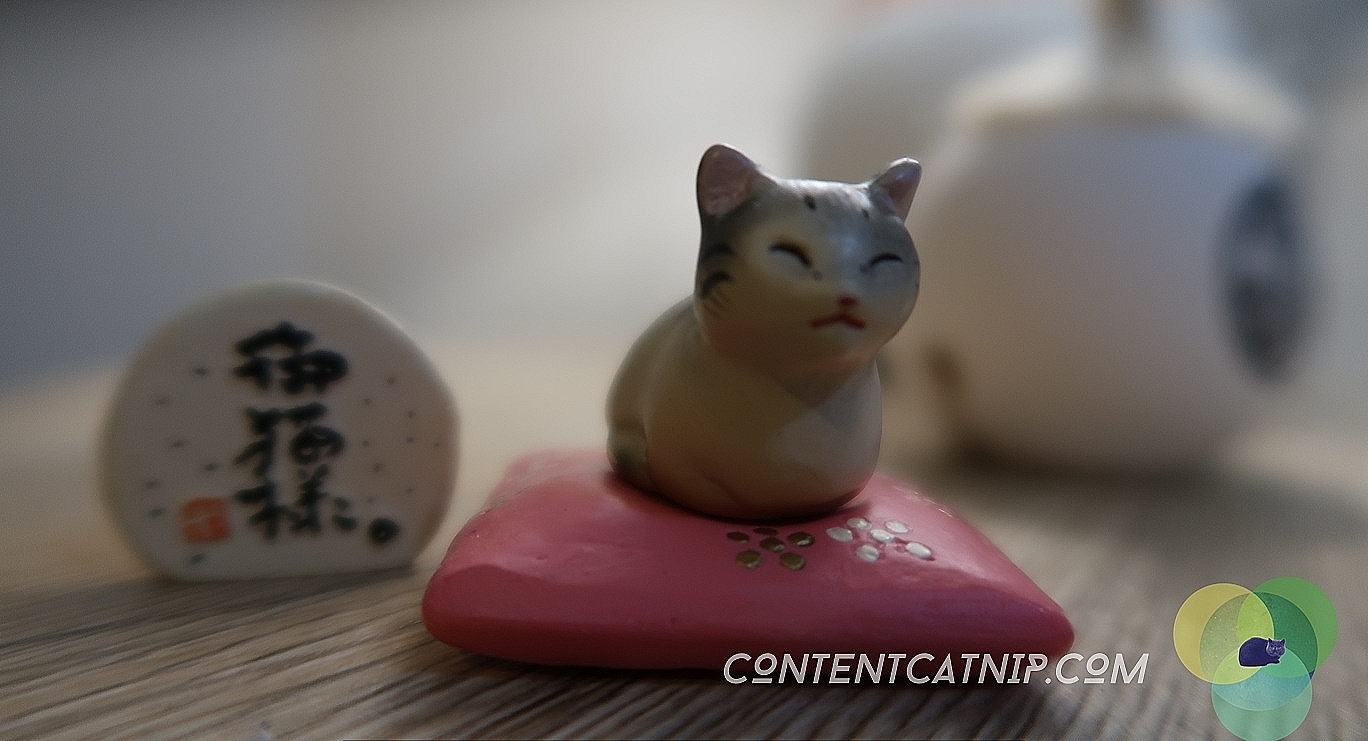
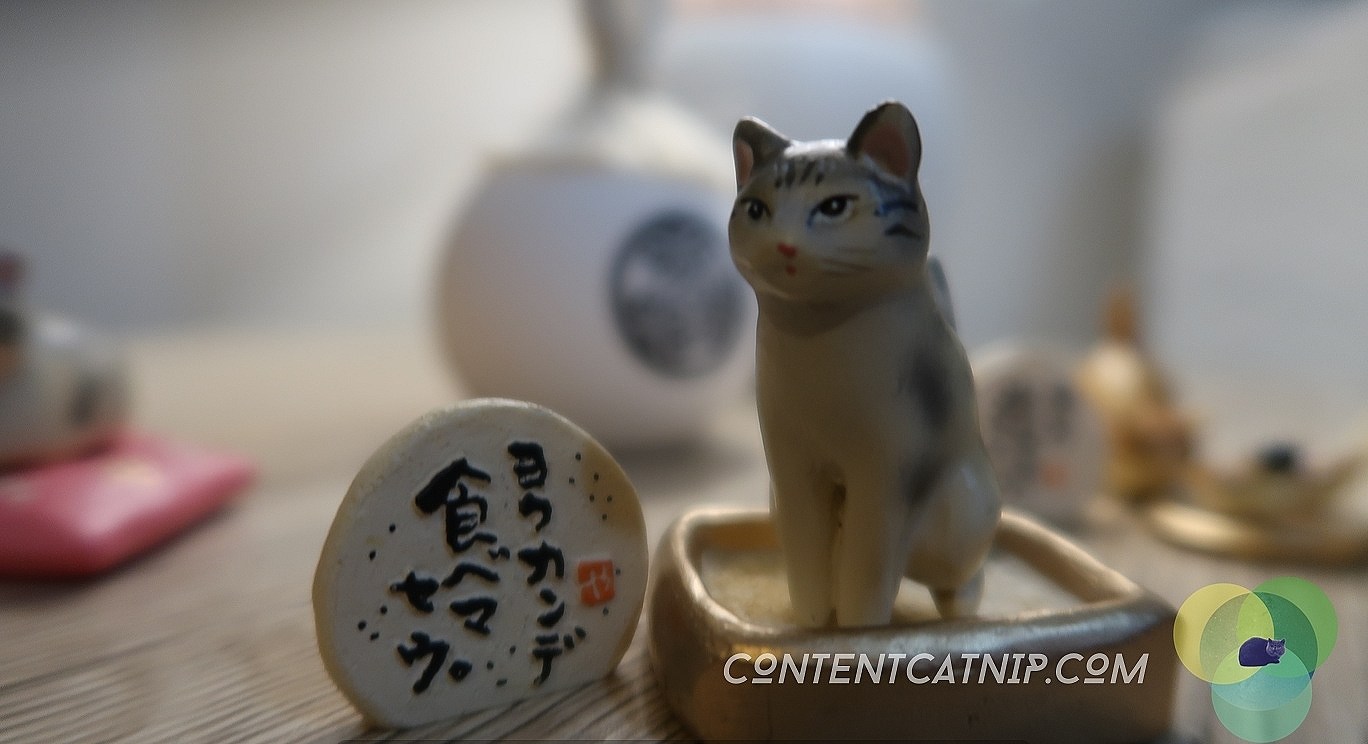

Our gashapon/netsuke collection


Do you collect anything? If so, how does your collection make you feel?


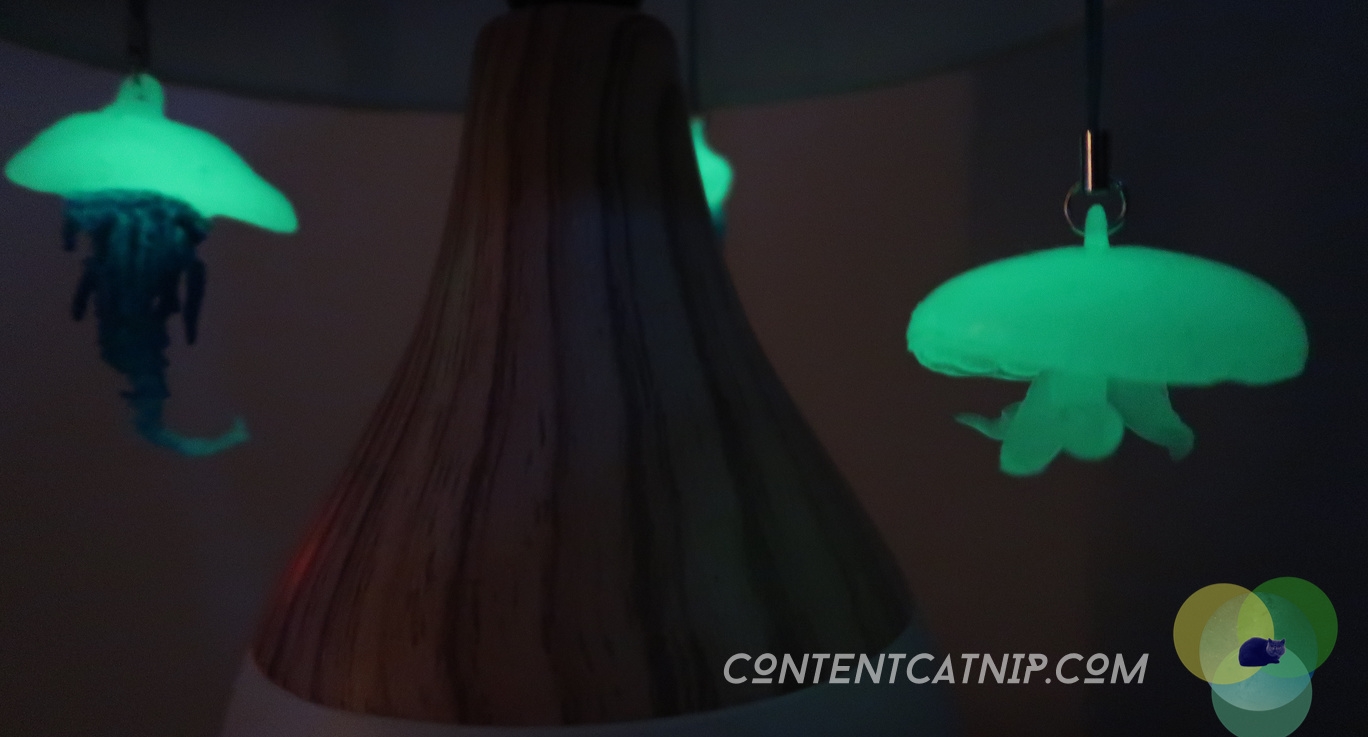
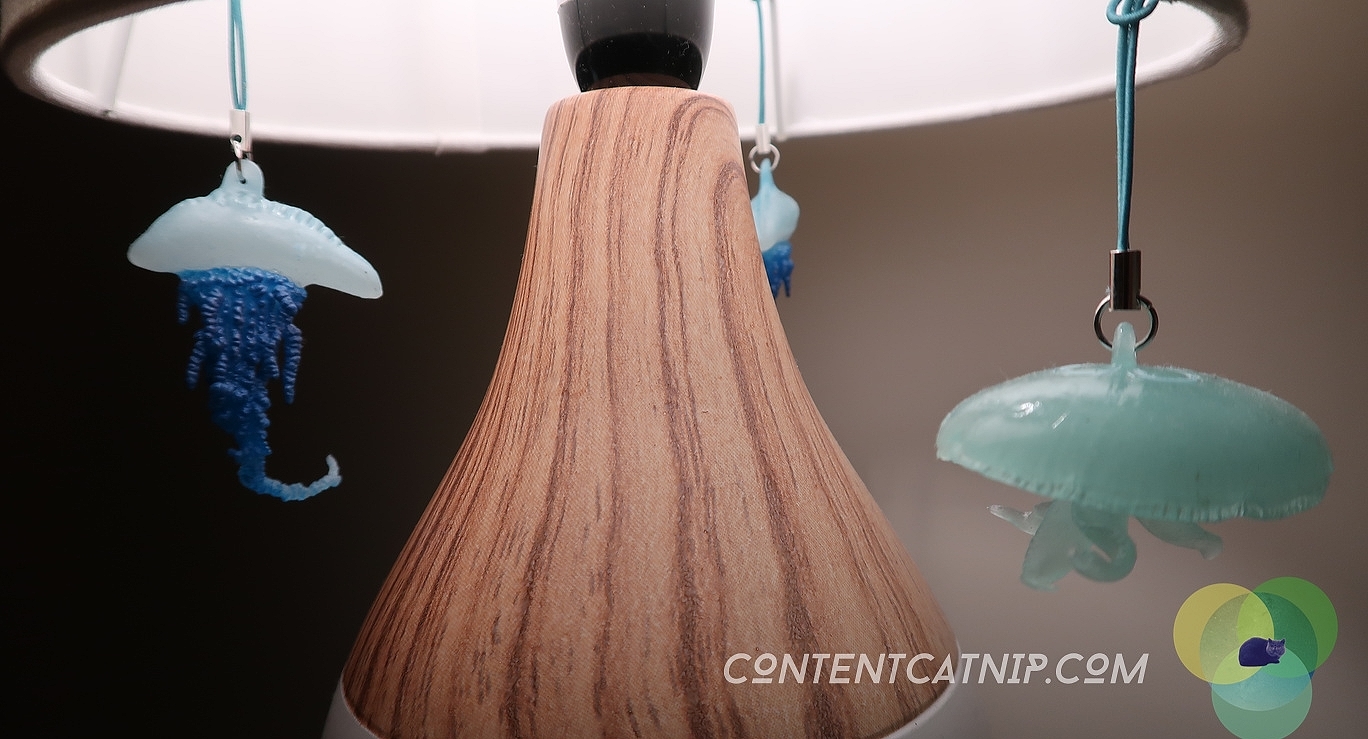
The attention to detail on this type of art is always quite amazing
LikeLike
Yes such a true artform, I would love to have a netsuke. Some gashapon are crappy but others like these cats we found were beautifully made and looked very detailed.
LikeLiked by 1 person
I find Japanese crap is just much better quality than everyone else’s crap lol
LikeLiked by 1 person
Yes I found their crap remarkable as well, not sure if it was just because we were tourists and so hyping about absolutely everytihng or it was genuinely better quality crap though hahah
LikeLiked by 1 person